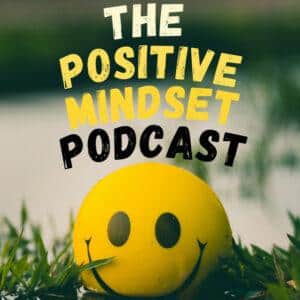
In this episode of the “Huberman Lab” podcast, Dr. Lisa Feldman Barrett, a distinguished professor of psychology at Northeastern University, discusses the mechanisms underlying emotions. She provides practical insights on how to regulate emotions effectively and interpret the emotional states and movements of our bodies. This informative and surprising discussion will deepen your understanding of emotions and their origins in the brain and body.
Dr. Lisa Feldman Barrett challenges the traditional view of emotions by emphasizing that they are distinct from any other experience and do not have specific diagnostic patterns. Facial expressions do not have a one-to-one correspondence with specific emotions, and there is no evidence for universal facial expressions of emotion. Emotions are categorized by the brain into more fine-grained categories, and different languages have words for emotional states that English lacks.
The brain and body have a constant conversation, with facial expressions and movements influencing the brain’s interpretation of emotions. However, facial expressions do not directly cause emotions, and the brain learns patterns of signals over time to predict future events. Context and other signals play a crucial role in interpreting facial movements, and the brain’s processing of emotions extends beyond facial expressions.
Facial expressions and emotions can vary across cultures and individual experiences. Cultural inheritance and early learning shape our understanding and expression of emotions, and different languages have words for emotional states that capture unique configurations. The assumptions behind questions about emotions are often more important than the questions themselves, highlighting the need for contextual understanding.
The brain categorizes emotions based on features and past instances, creating multimodal abstractions that summarize many instances with different sensory and motor features. Emotional intelligence involves understanding how the brain categorizes emotions, and emotions can become a source of wisdom and cues for change. By learning new words for emotional states and understanding the brain’s processing of emotions, we can experience and regulate emotions differently.
Dr. Lisa Feldman Barrett’s discussion on understanding emotions provides practical insights and challenges common misconceptions. By recognizing the complexity and variability of emotions, we can develop a deeper understanding of ourselves and others. Emotions are not solely psychological constructs but have a profound impact on our brain and body. By embracing the nuances of emotions and learning to interpret them in context, we can navigate our emotional experiences with greater wisdom and resilience.